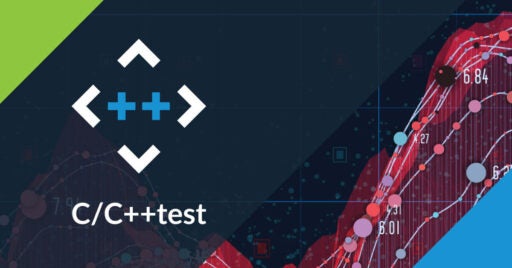Join Us on Apr 30: Unveiling Parasoft C/C++test CT for Continuous Testing & Compliance Excellence | Register Now
Recommended Content

Datasheet
Parasoft C/C++test
Static Code Analysis for Embedded Development
Download our buyer’s guide to move beyond simple proofs of concept, bakeoffs, and evaluations to find the right static analysis tools.

